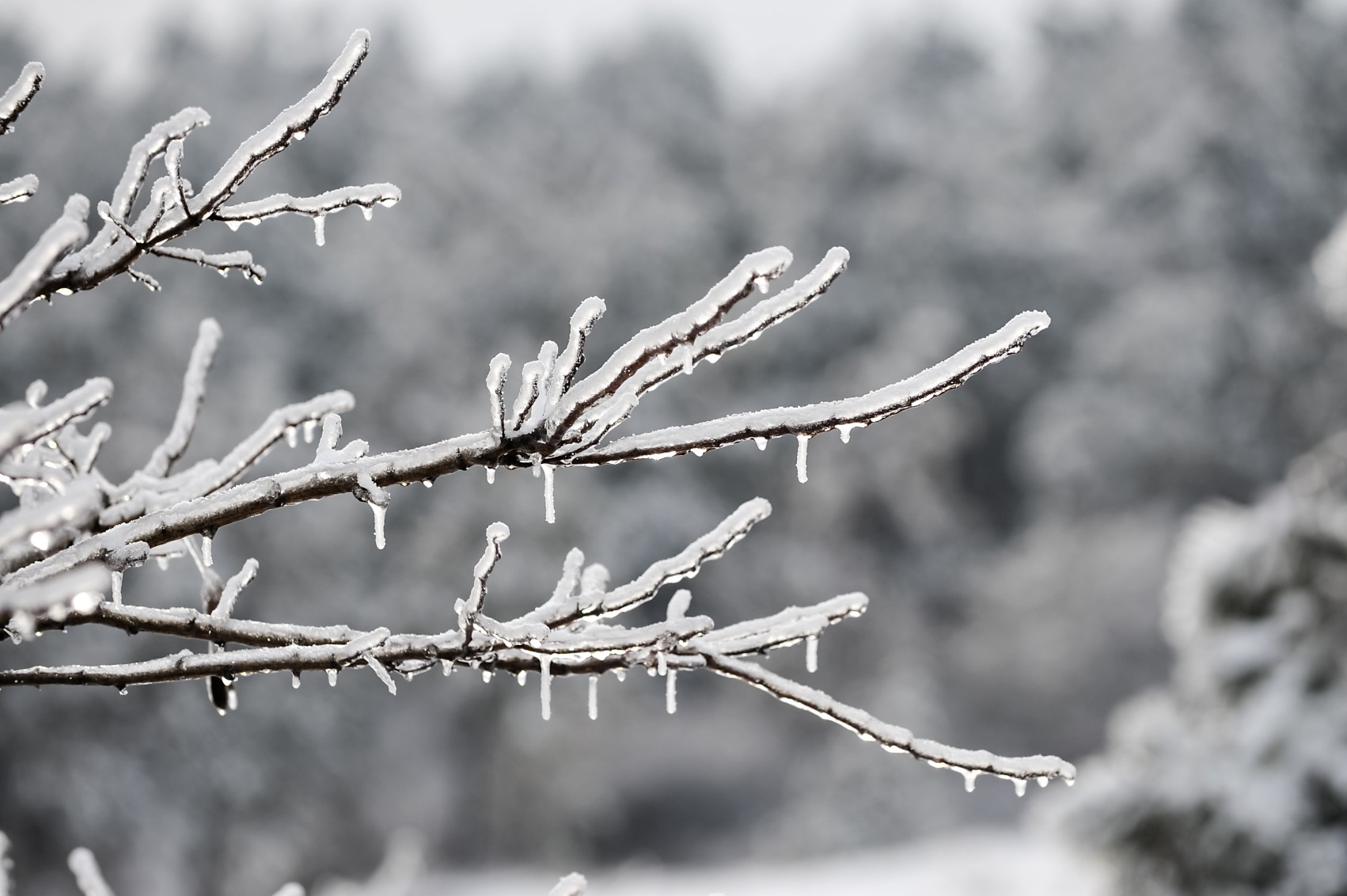
Heavy Rain, Flooding, and Chance of Severe Weather Staring Down the Southern U.S.
January 22, 2024
Posted: November 13, 2022 9:23 am





What could be a significant snow storm is setting up over New Mexico and Texas to close out the weekend and start the new week. A band of moisture in the Southwest and southern Plains will meet with the colder air temperatures rushing through much of the U.S. to create what is forecast to be the first widespread snowfall of the season across a 2,000-mile zone east of the Rockies.
This particular system got its start as it rolled through the West Coast from the Pacific Ocean, eventually moving through the Desert Southwest. The leftover energy from this storm from last week was able to reorganize in New Mexico on Sunday, putting in motion the latest major weather development for the eastern half of the nation. The system is predicted to continue to gather more moisture as it churns over the southern Rockies, propelling it to the north and across the Midwest and into the Northeast.
It has been a relatively slow start to the snowy season for most of the country. The Dakotas were slammed with a quick-hitting blizzard late last week while the Ohio Valley and the Great Lakes experienced a bit of snow flurries over the weekend. This latest weather maker has the potential of bringing snow to a far larger region across the central and eastern portions of the U.S.
The cold air already in place across the northern tier of the nation will increase the odds that snow will fall for many cities and towns next week. The snow line is forecast to reach as far south as the Texas Panhandle beginning on Monday. The flakes may also fly across the northern part of New Mexico, through Oklahoma, and into southern Kansas.

By late Monday and early Tuesday, the snow is predicted to move eastward, setting the Ozark Mountains and the Mississippi and Ohio valleys in its sights. The higher elevations of the Ozarks are likely to see significant accumulation out of this system.
The heaviest snow is expected to fall in northern Oklahoma and into the northwestern corner of Arkansas. This region may see accumulations of 3 – 6 inches.
While this line of snow moves into the Ohio Valley by Tuesday, another chance of snow may fire up across the northern Plains and into the Great Lakes. This secondary weather maker will likely move into central portions of the Appalachians and the eastern Great Lakes late Tuesday and early Wednesday. By the time that it wraps up early Thursday, the white stuff may be impacting upstate New York and the northern reaches of New England.
Although the mercury is expected to drop low enough to encourage snow development, forecasters believe that the air may not be packed with enough moisture to deliver widespread heavy snow. In addition, the storm is forecast to move at a fast clip, limiting how much precipitation will fall in any given area before it moves on.
The warm pavement that characterizes this time of the year will also mitigate the chances that snow accumulates on the roadways. The greatest chance of adverse road conditions will occur in areas that see the snow fall during the overnight hours when surface temperatures are naturally lower. Be sure to look out for your early morning commute if you live in the impact zone.
The most likely areas to see slick roads include the southern Plains, the Ozarks, and the highest terrains of the central and northern Appalachians. Cities that may see snow out of this system include Oklahoma City, Wichita, Chicago, and Pittsburgh.
At this point in the forecast, cities to the south of the storm’s track may only see rain out of the developing system. This includes rain in the forecast for places such as Dallas, Little Rock, Memphis, Philadelphia, and New York City. However, there is the chance that the storm could move farther to the south and trigger snow in these populated areas.
This week’s storm is only the beginning of what lies ahead. The long-range forecast is predicting more storms to come onshore from the Pacific, moving across the West, and then into the Midwest and the Northeast as they pick up additional moisture from the Gulf of Mexico. With the cold air hanging around in the nation’s heartland, it is likely that all of the incoming moisture may fall as snow in the coming weeks.
Did you find this content useful? Feel free to bookmark or to post to your timeline for reference later.

January 21, 2024

January 19, 2024

January 18, 2024